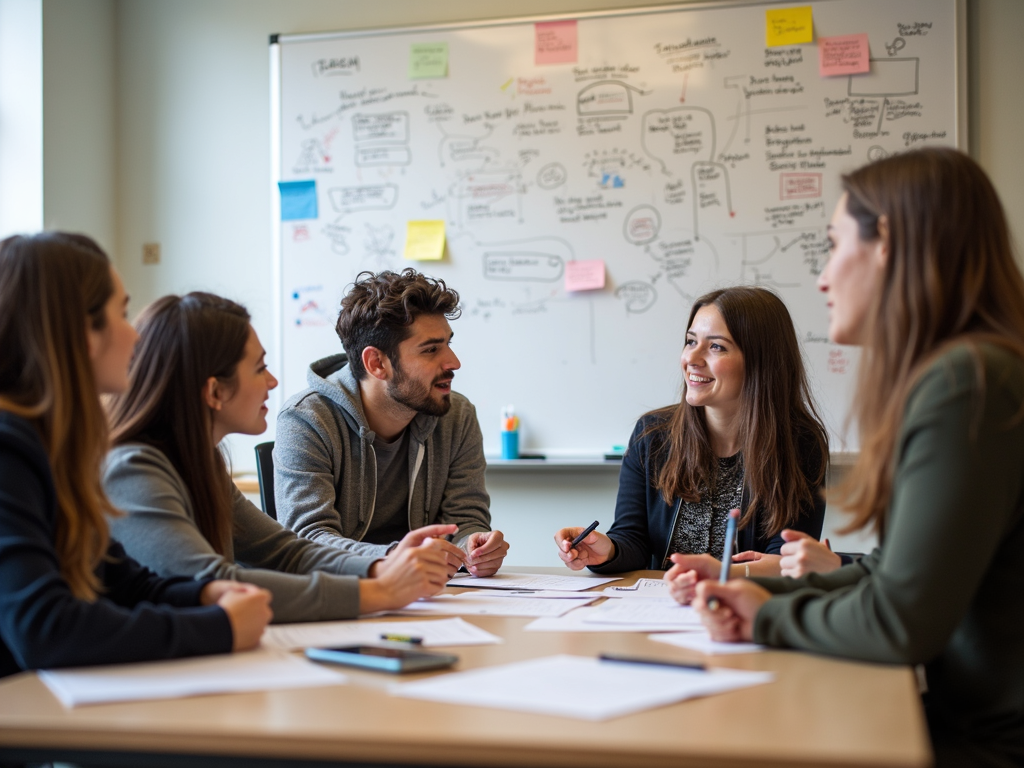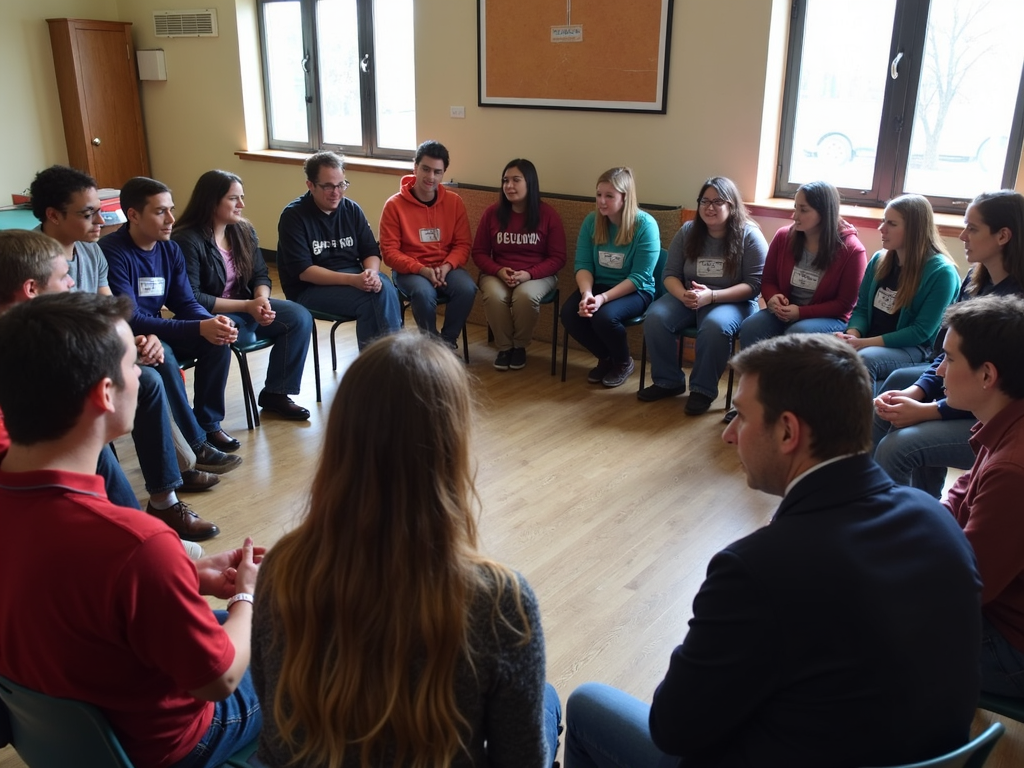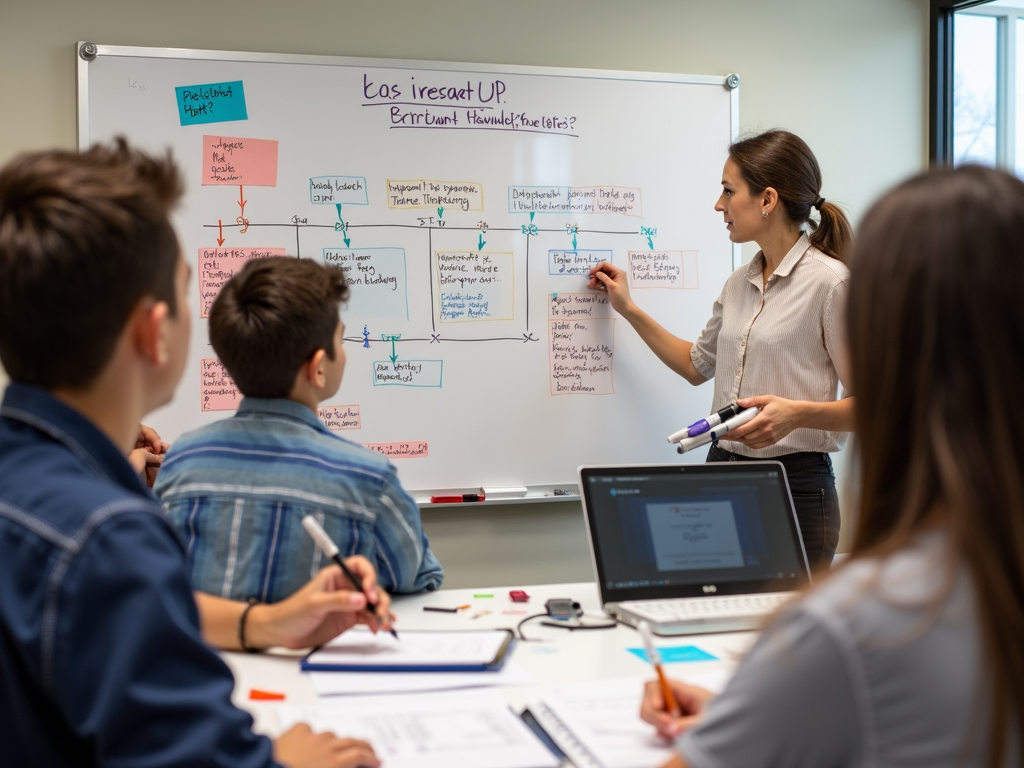How to Start a Service Learning Project: A Comprehensive Guide
By , June 19, 2025
Service learning is an educational approach that combines community service with classroom instruction, emphasizing critical thinking and civic responsibility. This comprehensive guide will walk you through the process of starting your own service learning project, from identifying community needs to reflecting on the outcomes. Whether you're an educator looking to integrate service into your curriculum or a student eager to make a difference, this article provides valuable insights and practical steps to ensure your project is impactful and educational.
Understanding Service Learning
Service learning is more than just volunteering; it's a structured learning experience that connects community service with academic goals. According to the National Service-Learning Clearinghouse, service learning projects should meet genuine community needs, be coordinated in collaboration with the community, and include structured time for reflection.
When considering how to start a service learning project, it's essential to grasp this distinction. Volunteering is a key component, but the educational aspect—where students apply classroom knowledge to real-world situations and reflect on their experiences—is what makes it service learning.
Personal Insight: In my experience, the most successful service learning projects are those where students feel a personal connection to the cause. For instance, a group of biology students might work with a local environmental organization to restore a wetland, applying their knowledge of ecosystems while contributing to conservation efforts.

Identifying Community Needs
Before you can start a service learning project, you need to identify a genuine need in your community. This step is crucial because it ensures that your project will have a real impact and that your efforts are directed where they are most needed.
Here are some ways to identify community needs:
- Conduct surveys or interviews: Talk to community members, local organizations, or government agencies to understand their challenges and priorities.
- Research existing data: Look for reports, studies, or statistics that highlight issues in your area.
- Observe and listen: Spend time in the community, paying attention to what people are saying and doing.
Once you've identified a need, make sure it aligns with your academic goals and resources. For example, if you're studying public health, you might focus on a project related to health education or disease prevention.
Personal Insight: I once worked with a group of students who noticed a lack of green spaces in their urban neighborhood. They decided to create a community garden, which not only beautified the area but also provided a space for education and social interaction.

Planning Your Project
Once you've identified a need, it's time to plan your service learning project. This involves setting clear goals, defining roles and responsibilities, and creating a timeline.
Here are some key steps in the planning process:
- Set specific, measurable goals: What do you want to achieve? How will you know if you've succeeded?
- Define roles and responsibilities: Who will be involved in the project? What tasks will each person or group handle?
- Create a timeline: When will the project start and end? What are the key milestones along the way?
- Secure resources: What materials, funding, or support do you need? How will you obtain them?
- Develop a communication plan: How will you keep everyone informed and engaged throughout the project?
Personal Insight: In my experience, involving all stakeholders in the planning process is essential. This includes students, educators, community members, and any partnering organizations. Their input can help ensure that the project is feasible, relevant, and sustainable.

Implementing and Managing
With a solid plan in place, it's time to put your service learning project into action. This phase involves coordinating activities, managing resources, and ensuring that everyone stays on track.
Here are some tips for successful implementation:
- Communicate regularly: Keep all participants informed about progress, challenges, and changes.
- Monitor and adjust: Regularly assess how the project is going and make adjustments as needed.
- Document everything: Keep records of activities, outcomes, and lessons learned.
- Celebrate milestones: Recognize and celebrate achievements along the way to keep morale high.
Personal Insight: One of the most rewarding aspects of service learning is seeing the impact of your work firsthand. For example, in a project I was involved in, students tutored elementary school children in reading. Witnessing the children's progress and the students' growth as educators was incredibly fulfilling.

Reflecting and Evaluating
Reflection is a critical component of service learning. It allows participants to process their experiences, connect them to academic concepts, and identify areas for growth.
Here are some ways to facilitate reflection:
- Journaling: Encourage students to keep a journal throughout the project, recording their thoughts, feelings, and observations.
- Group discussions: Hold regular meetings where participants can share their experiences and insights.
- Presentations or reports: Have students present their projects to the class or community, highlighting what they learned and achieved.
Evaluation is also important to assess the project's impact and identify areas for improvement. This can involve collecting feedback from participants, community members, and partners, as well as analyzing data on outcomes.
Personal Insight: In my experience, reflection is where the real learning happens. It's not just about what you did, but why it mattered and how it changed you. For instance, after a project, students often report a greater sense of empathy, a deeper understanding of social issues, and a stronger commitment to civic engagement.

In summary, starting a service learning project involves understanding the concept, identifying community needs, careful planning, effective implementation, and thorough reflection. By following these steps, you can create a meaningful experience that benefits both the community and the learners. Remember, the key to a successful project is genuine engagement and a commitment to learning through service.